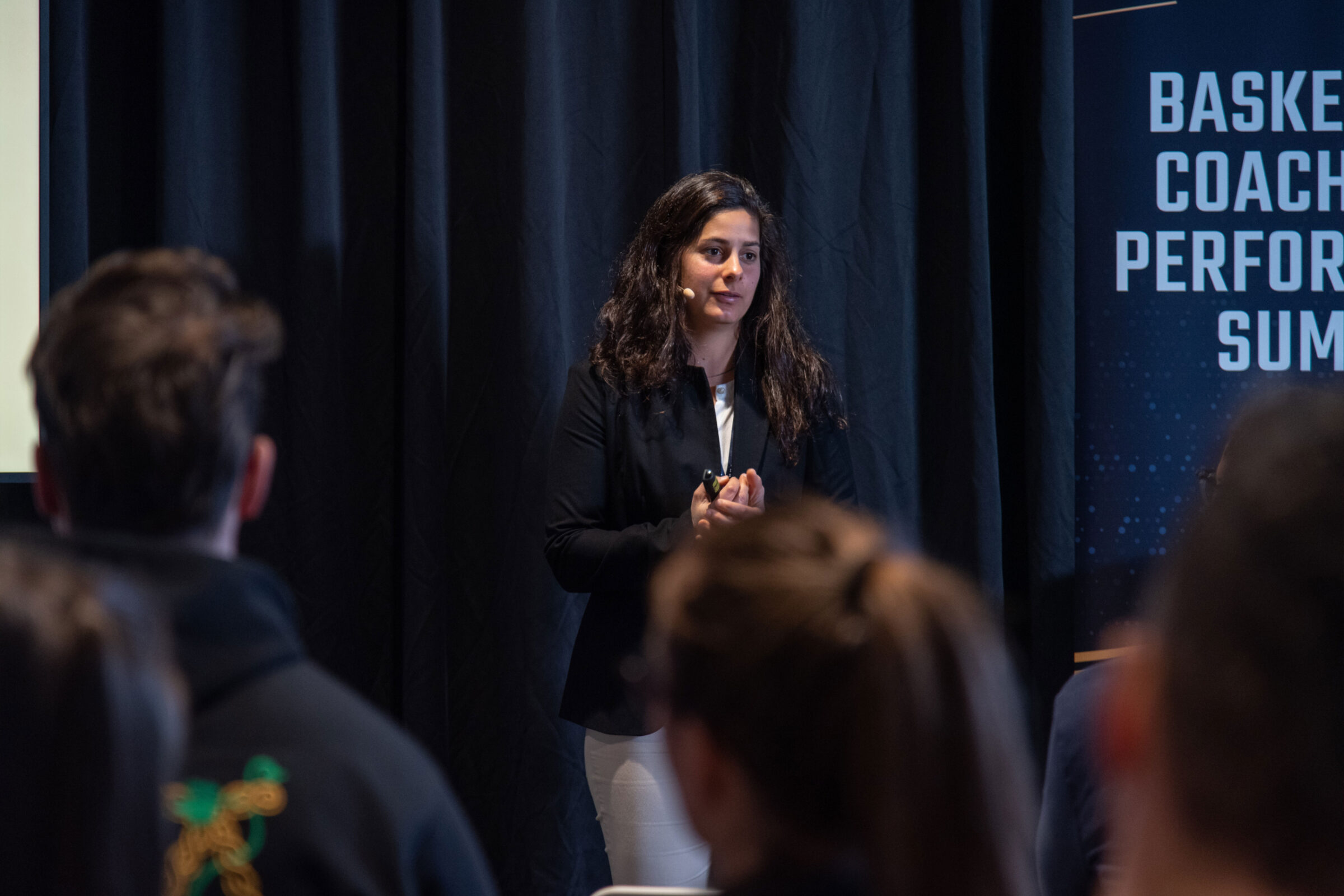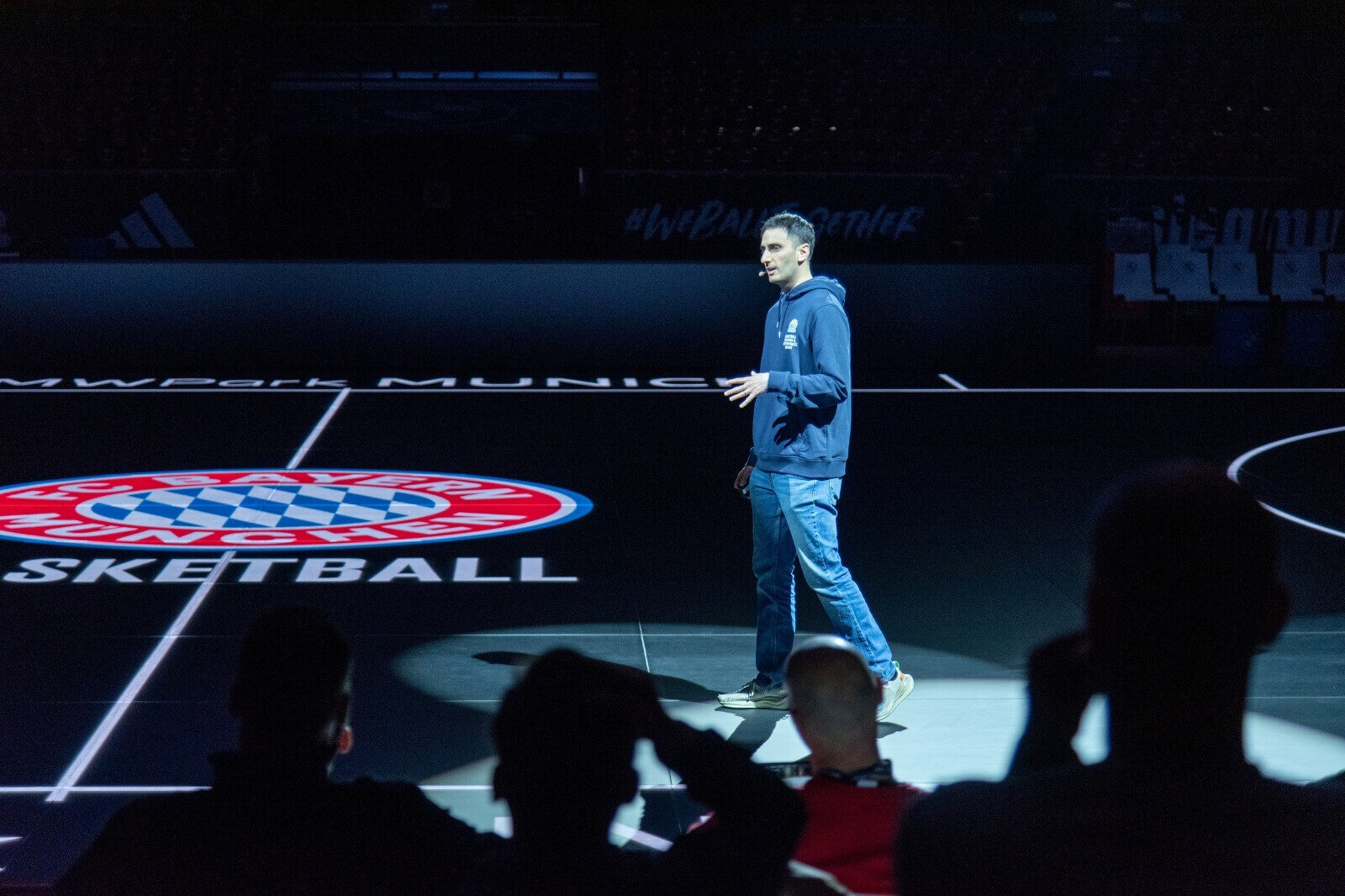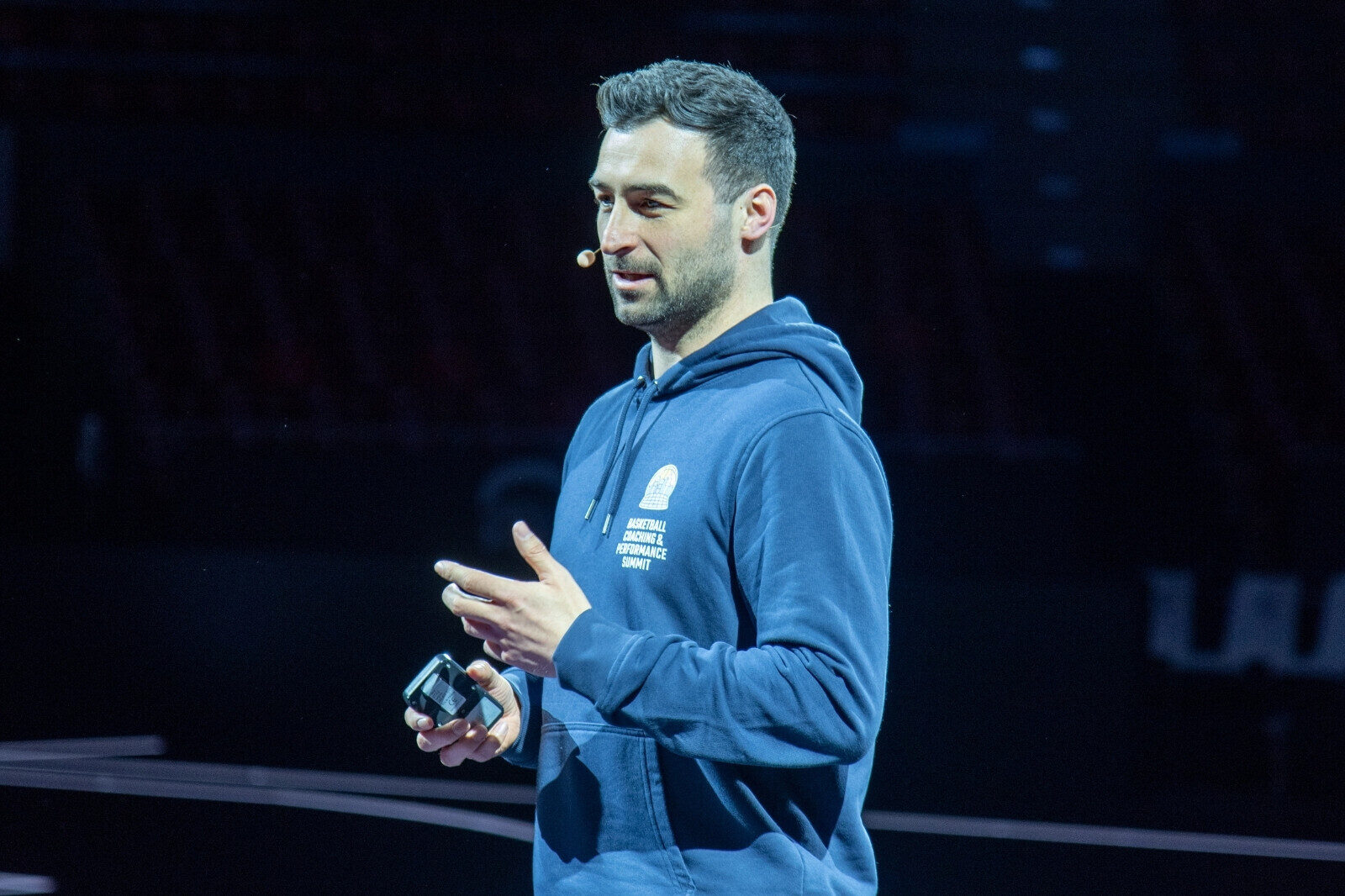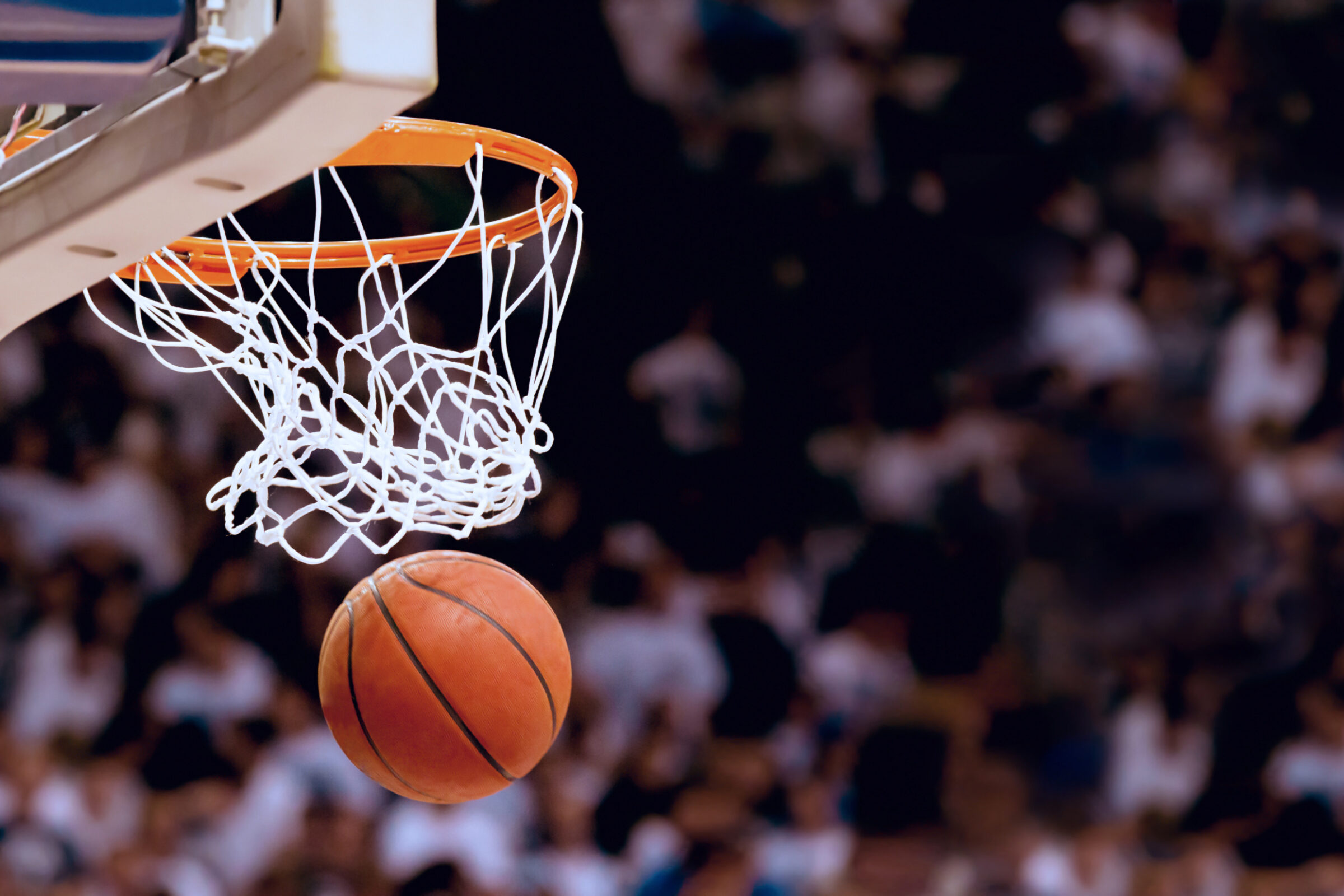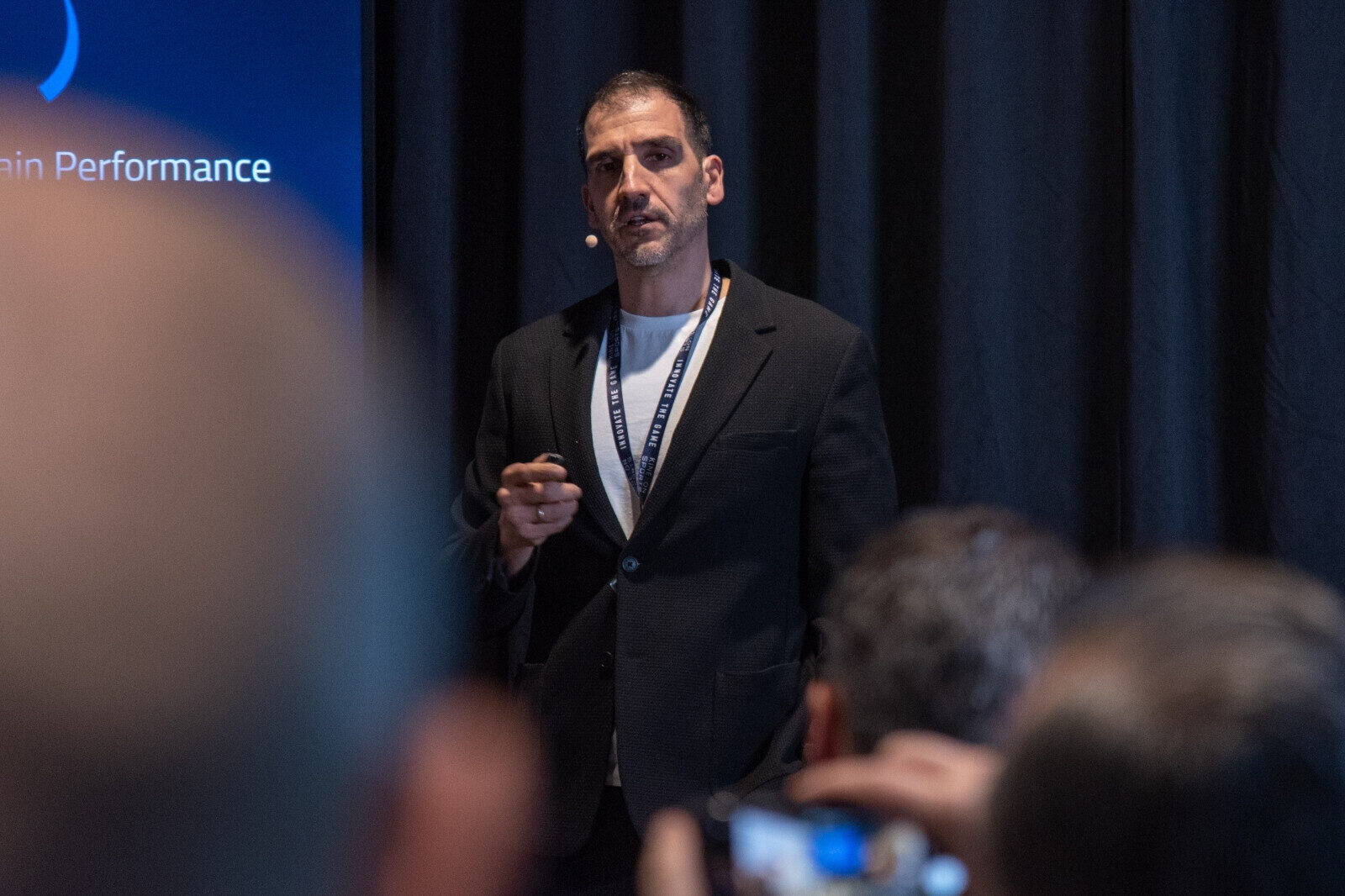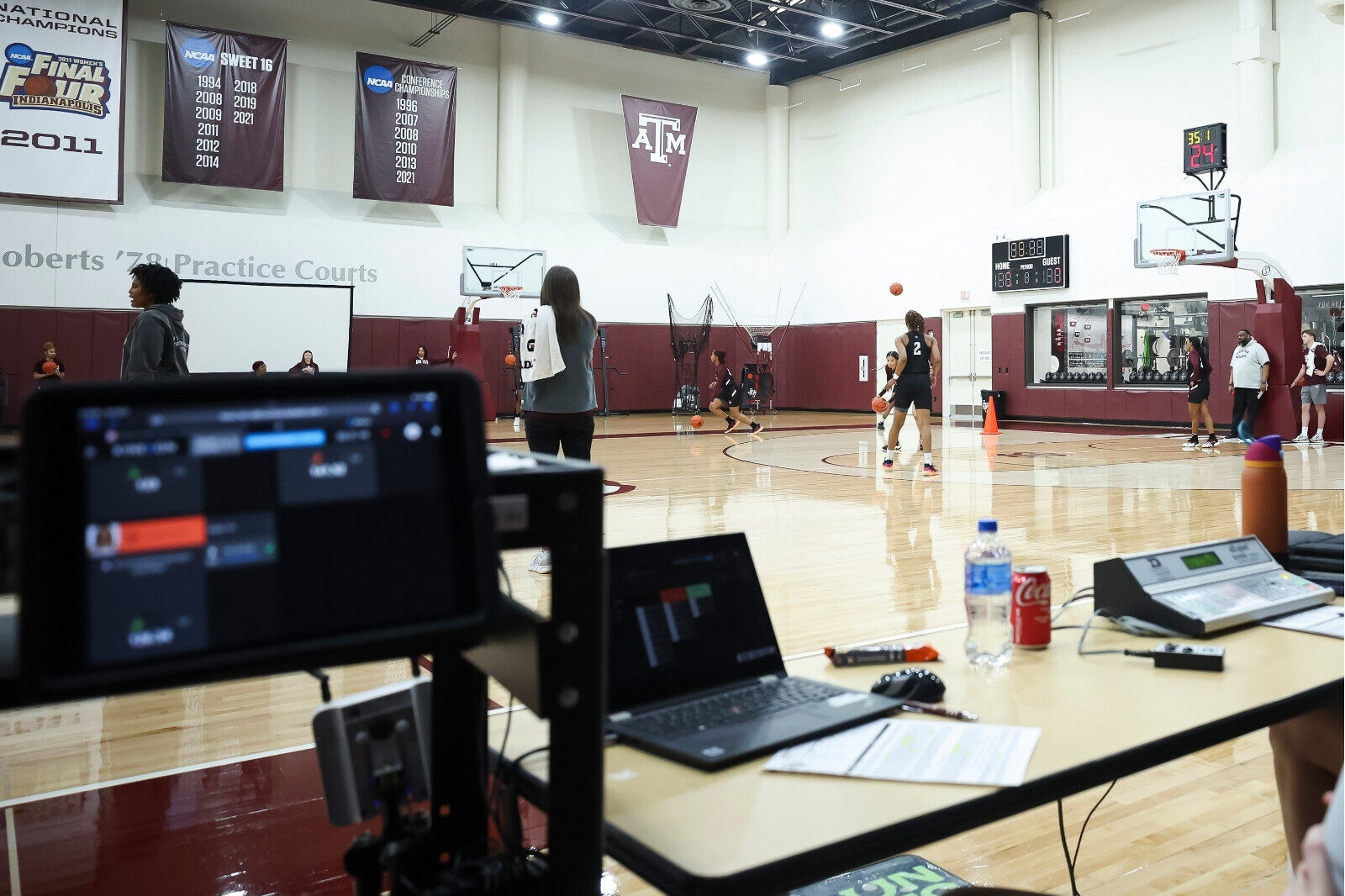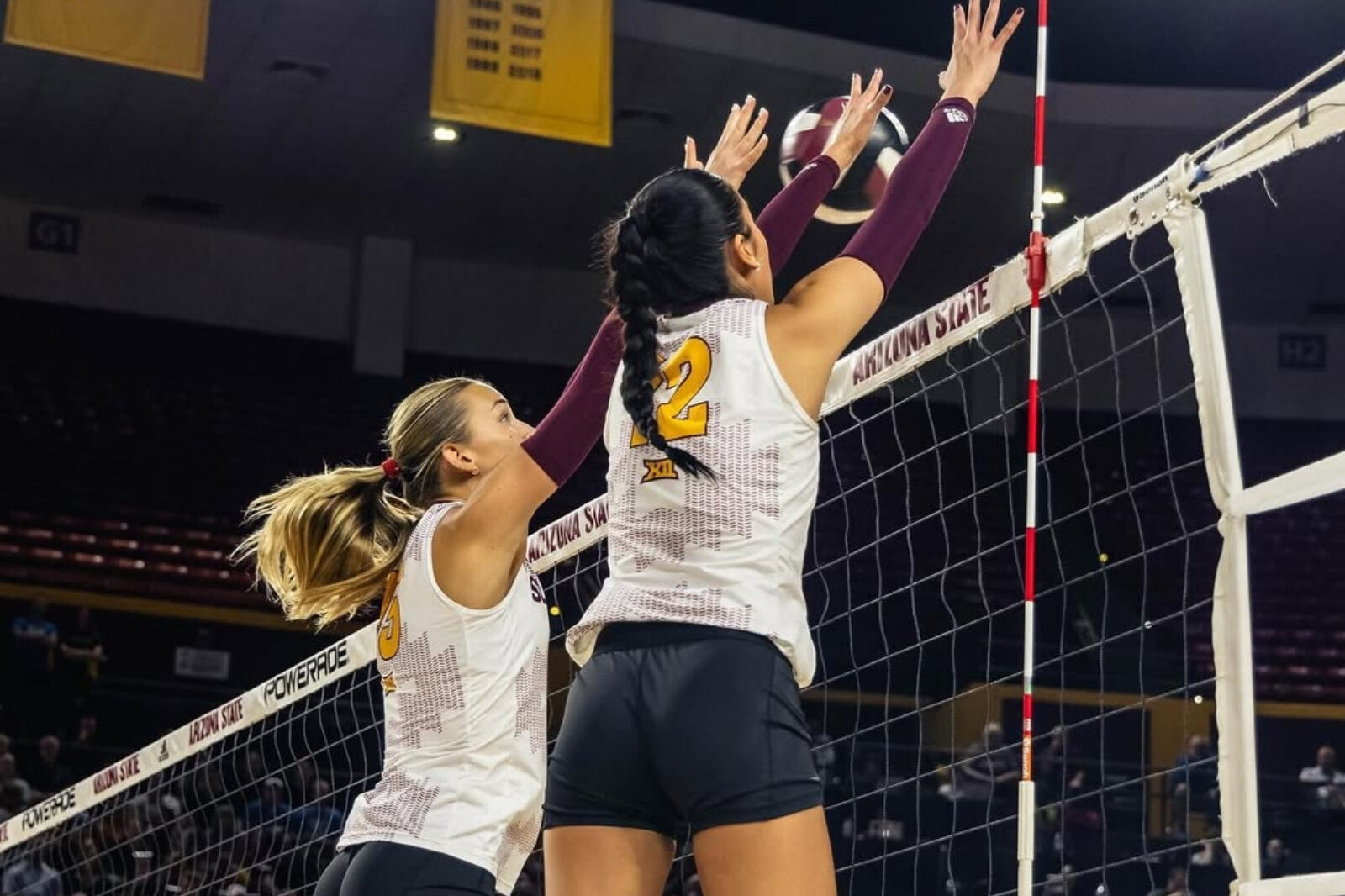Load Management in FCBB Youth Academy - How to Improve Performance and Reduce Injury Risk
Injuries can be devastating. Especially if they put a next-gen player’s ascent on hold. The good news: if monitored and managed correctly, the impact of load can decrease tremendously. Sports Scientist Philipp Hartmannsgruber explains FC Bayern Basketball’s approach to managing load, reducing injury risk, and KINEXON’s role based on a four-month pilot project.

Author: Philipp Hartmannsgruber
It may sound counterintuitive. Yet, reducing load is not always the answer. Science indicates that managing load can be much more effective than simply reducing it. Training hard while being smart, for statistics demonstrate that many soft-tissue injuries occur after load spikes.
The reason is that the body had to sustain more load than it could. Neuromuscular fatigue and overuse kicked in, followed by the injury. The counter: progressive overload. Instead of exposing the body to a few sudden load spikes, coaches increase the load in small steps while alternating smaller spikes with periods of rest. That gives the body time to adapt and build a steady fundament against overload.
Data is the key to unlocking the potential of our youth players, and with objective insights, it is possible to provide evidence-based training for maximum performance and optimal workload. There is a lot we can learn from this for the future of talent development.
Preparing Young Athletes at FCBB Youth Academy to Shoulder Higher Chronic Workload
Consequently, a higher chronic workload leads to increased robustness and has become a significant overall goal at the FCBB Youth Academy. By constantly yet safely pushing towards higher loads, we strive to prepare the players for the most demanding phases of competition, so they get through peak loads without injury.
Data lays out an objective, reliable groundwork to build upon. With a comprehensive picture of a player’s workload in mind, combining training and game load is necessary using, for example, the following metrics:
- Player Load (PL)
- Player Load per Minute (PL/Min)
- Player Performance (PP)
- Session rating of perceived exertion (sRPE): players rate the level of exertion themselves to give insights into their perception.
Want to learn more about KINEXON’s tracking systems?
Load management is one of the most difficult aspects of athletic coaching. Individualizing the load in a team is almost impossible. We always want to maximize the time players spend on the court, where they can take the next step. However, this also means that we have to ensure that they are physically able to go beyond their previous level and build up new performance capabilities during this time. The acute-chronic workload calculation helps to avoid crossing the line between the optimal time used (quantitatively, but above all qualitatively) and “too much” training. I found working with Philipp and the KINEXON system very exciting and promising for the future of intelligent training management in basketball!
A Practical Example: Load Management at FCBB
FCBB collects these metrics to help contrast acute and chronic workloads. That results in the Acute:Chronic Workload Ratio (ACWR), which comprises a player’s fitness and fatigue and, in short, helps detect overload and prevent injuries. Taking an athlete’s workload within a week into account, Acute Workload hints at their fatigue level, while Chronic Workload focuses on the long-term load of four weeks (fitness).
Dividing the former relative to the latter results in the ACWR. The concept can identify changes in workload and fitness level and point toward a player being fatigued from overload. That makes it possible to reduce injury risk. Moreover, coaches can monitor ACWR daily, detecting any unwanted dips or spikes immediately, which may assist them in optimizing their training plan.
Science shows that, on the one hand, there is a sweet spot of optimal workload for players where injury risk is at its lowest. On the other, sudden and excessive load spikes provoke injuries. Once coaches can monitor their athletes’ ACWR, they can react immediately should one of them enter the so-called “danger zone”, where injury risk is at its highest.
What the coach sees:

These reports are a dream for every coach! You don’t have to worry about load control anymore and can fully concentrate on basketball.
Using Metrics to Manage Next-Gen Players’ Loads
With KINEXON, coaches receive over 180 of their players’ movements, including changes of direction, jumps, accelerations and decelarations. They then can set target values to prevent overload.
At the same time, using the data allows trainers to prepare their athletes for sport-specific average and maximal competition demands based on objective numbers. Additionally, they identify stimuli and see in what capacity they are necessary for their players and team to perform to their best.
For all of that to work, data needs to be as precise as possible – which is where KINEXON steps in with its ultra-accurate solutions, especially in the long run, as data should function as a tool to manage an athlete’s progression from youth into the senior team. Simply reducing load may not always be the perfect answer to achieve that.
